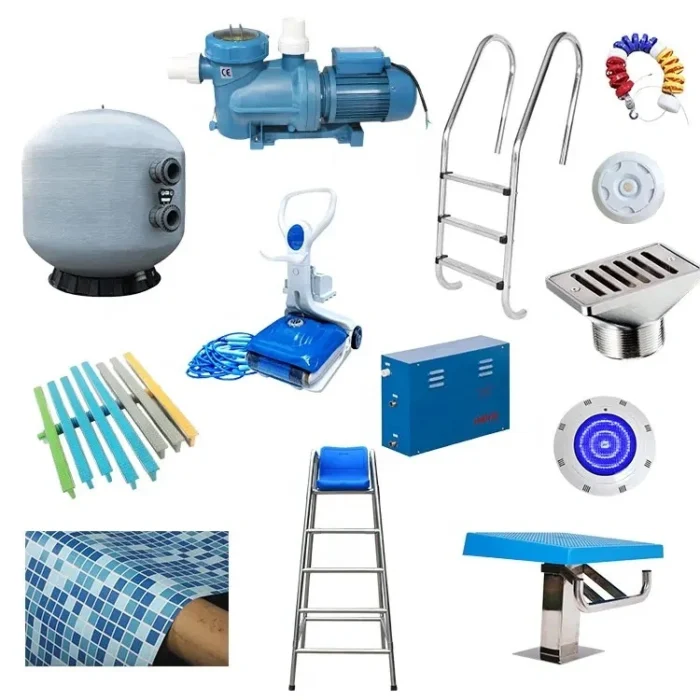html
Thermal Imaging Camera Applications in Modern Technology
Thermal imaging cameras have revolutionized various industries by providing the ability to visualize heat patterns and temperature differences. These devices detect infrared radiation emitted by objects and convert it into visible images, enabling professionals to identify issues that are invisible to the naked eye.
Industrial Maintenance
In industrial settings, thermal imaging cameras are invaluable for predictive maintenance. They help detect overheating components, electrical faults, and insulation gaps in machinery. By identifying these issues early, companies can prevent costly downtime and equipment failures.
Building Inspections
Thermal cameras are widely used in construction and building inspections to identify energy inefficiencies. They can reveal heat leaks, poor insulation, and moisture intrusion, allowing property owners to improve energy efficiency and reduce heating or cooling costs.
Medical Applications
In the medical field, thermal imaging assists in diagnosing various conditions by detecting abnormal temperature patterns in the body. It’s particularly useful for identifying inflammation, circulatory problems, and even certain types of cancers in early stages.
Security and Surveillance
Security systems often incorporate thermal imaging for night vision and low-light surveillance. Unlike traditional cameras, thermal cameras can detect intruders based on body heat, making them effective in complete darkness or through obscurants like smoke or fog.
Firefighting Operations
Firefighters rely on thermal imaging to navigate through smoke-filled environments and locate hotspots or trapped victims. These cameras can see through smoke, helping rescue teams make critical decisions during emergencies.
Automotive Industry
Modern vehicles increasingly use thermal imaging for night vision systems, helping drivers detect pedestrians, animals, or obstacles beyond the range of headlights. This technology significantly improves road safety, especially in low-visibility conditions.
Wildlife Research
Researchers use thermal cameras to study nocturnal animals without disturbing them. The technology allows observation of wildlife behavior patterns, population counts, and habitat monitoring while minimizing human interference.
As thermal imaging technology continues to advance, its applications expand across more industries. With improvements in resolution, portability, and affordability, these cameras are becoming essential tools in our increasingly technology-driven world.
Keyword: thermal imaging camera


